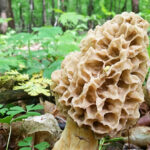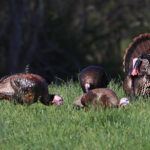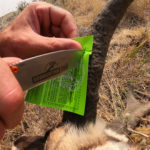While much of the nation is fixated on politics, deer hunters are thinking of another kind of madness. One where big, old bucks finally emerge from their deep-woods lairs, and walk the earth in daylight.
Of course, for those who hunt the right way, we know that mature deer do that all season long. Still, there’s no denying that white-tailed deer activity peaks during the rut. And we like to be on stand when it happens. It takes a certain game plan to do it with stick and string, though.
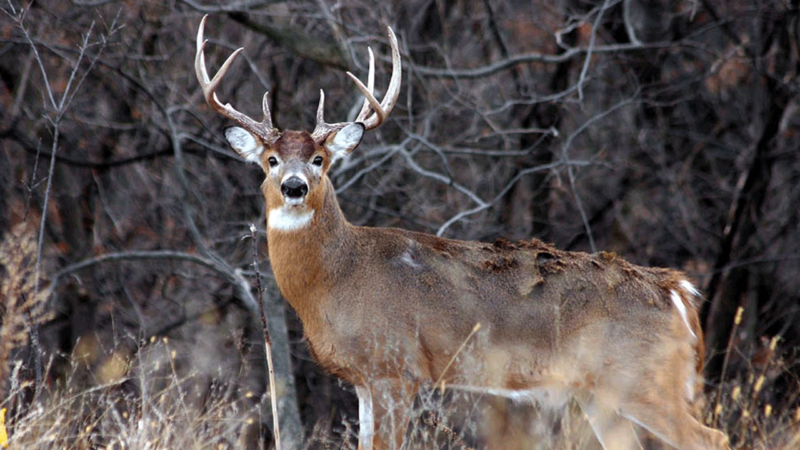
Understand the Dynamic
We’ve exited the pre-rut, and it’s full steam ahead with cruising, chasing, and breeding action. The rut is here, and it’s easy to identify. Testosterone levels are peaking, and rut behavior mirrors it.
Still, in the northern half of the country, the bulk of does won’t enter estrus until November 10-20, location depending. Until then, scraping, cruising and chasing will increase. Then, once the bulk of does become receptive, that once-hot rut sign, such as established scrapes, will become less pertinent. When this happens, it’s time for a tactical change.
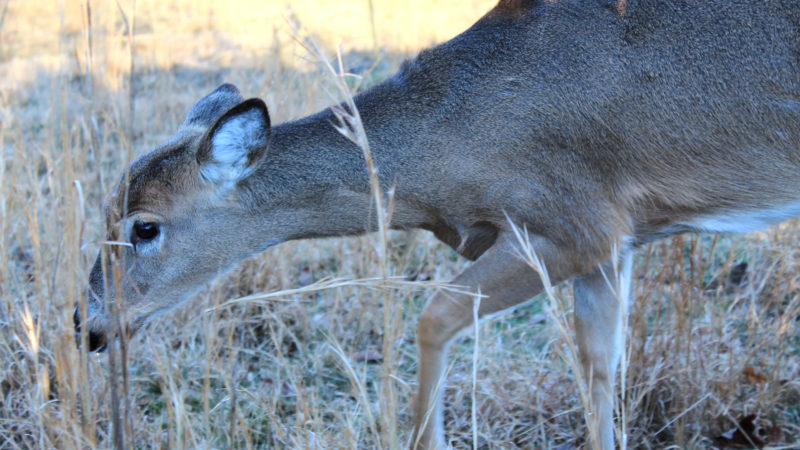
Remember the Recon, But Don’t Place Much Stock in Previous Patterns
Some experts will say that all of the scouting you’ve done thus far is no longer useful. That’s only partially true. Sure, deer likely aren’t doing what they did in the early season, or even the pre-rut. Instead of bedding in buck bedding areas, they’re taking vacations in and around doe bedding areas. That isn’t to say you won’t catch a buck using the lair he’s been holed up in all season, but it’s less likely.
That doesn’t mean all the intel you’ve gained is useless, though. It’s still good info. First and foremost, in your attempts to pattern bucks, you’ve likely honed in on both buck, and doe bedding areas, the latter of which are more important than ever.
You also located food and water sources, which are huge during the rut. Bucks and does alike are targeting these areas, and make great spots to try. Does are hitting the food, and bucks are following the does. Likewise, does use water sources. But I’ve found that cruising bucks are extremely likely to use small water sources in daylight as they move from one doe bedding area to the next.
Furthermore, all of that time spent scouting led to a list of target bucks, and while some probably relocated for the rut, not all will. And even those that do could very possibly swing back through at any given moment. As obvious as it sounds, knowing whether a giant buck roams the landscape, or not, often means killing it, or not.
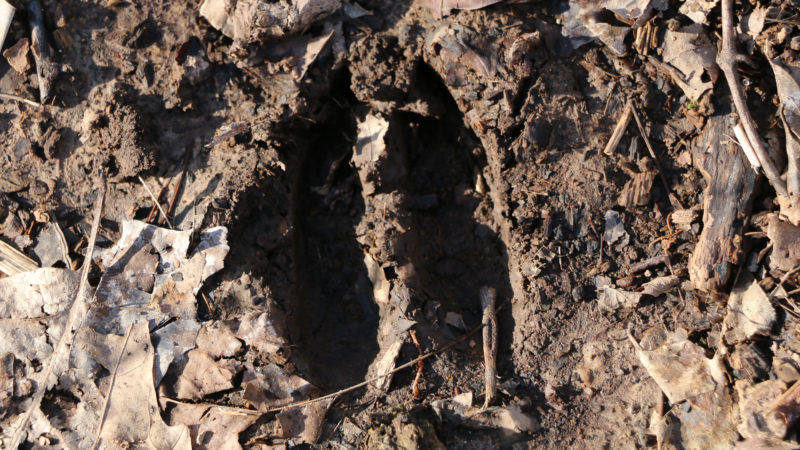
Pull All the Stops
For those who’ve yet to get it done, there are several tactical moves that can help position you for a strong rut-cation. First, continue using those trail cameras, especially if they are cellular models (where legal). There is nothing like real-time intel.
Secondly, go mobile. Do hang-and-hunts. Slip into those areas you’ve saved all season. Getting in tight with the deer is important, especially during warmer weather.
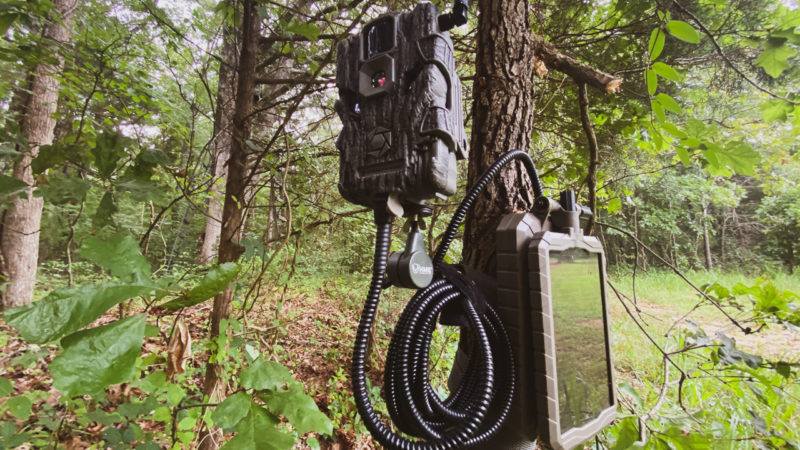
As you slip in closer to deer, focus on the hottest sign. Find the sappiest rubs and wettest scrapes on the landscape. This is a surefire indicator that deer are in the area, and now.
Once in position, don’t be afraid to use calls and rattling antlers. Blind calling and rattling are riskier (in that unseen bucks can slip in from downwind), but it can certainly prove effective.
All in all, focus on the does. That’s the underlying theme when it comes to the rut. Be where the does are, wherever that might be. Beyond that, invest some butt time. The more time you put yourself in the game, the higher likelihood of winning it.

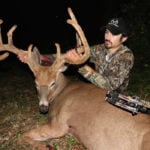 By
By 